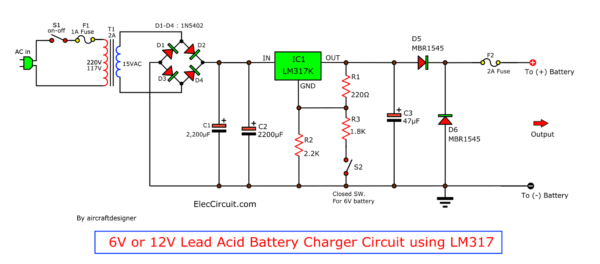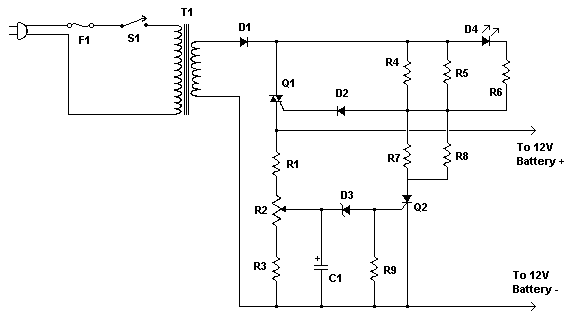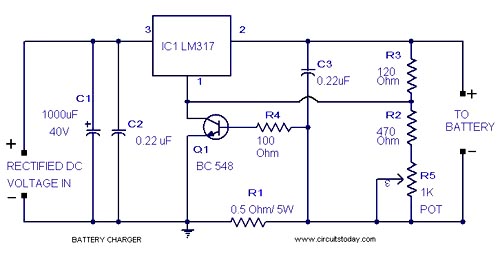Hi all guru and my friend
look this pics and tell me about them and guide me.
first http://www.eleccircuit.com/the-most-...cuit-by-lm317/:

second : http://www.vt52.com/diy/myprojects/o...er/charger.htm

third :http://www.sentex.ca/~mec1995/gadgets/labc.htm
forth : http://obrazki.elektroda.pl/5383882700_1371186720.jpg
fifth : http://www.aaroncake.net/circuits/ch...owcomments=all

and finall: http://homemadecircuitsandschematics...c-battery.html

Or every one have circuit better of above put it here.
say me which is good that i make it.
cheers and regards
look this pics and tell me about them and guide me.
first http://www.eleccircuit.com/the-most-...cuit-by-lm317/:

second : http://www.vt52.com/diy/myprojects/o...er/charger.htm

third :http://www.sentex.ca/~mec1995/gadgets/labc.htm
forth : http://obrazki.elektroda.pl/5383882700_1371186720.jpg
fifth : http://www.aaroncake.net/circuits/ch...owcomments=all

and finall: http://homemadecircuitsandschematics...c-battery.html

Or every one have circuit better of above put it here.
say me which is good that i make it.
cheers and regards


Comment